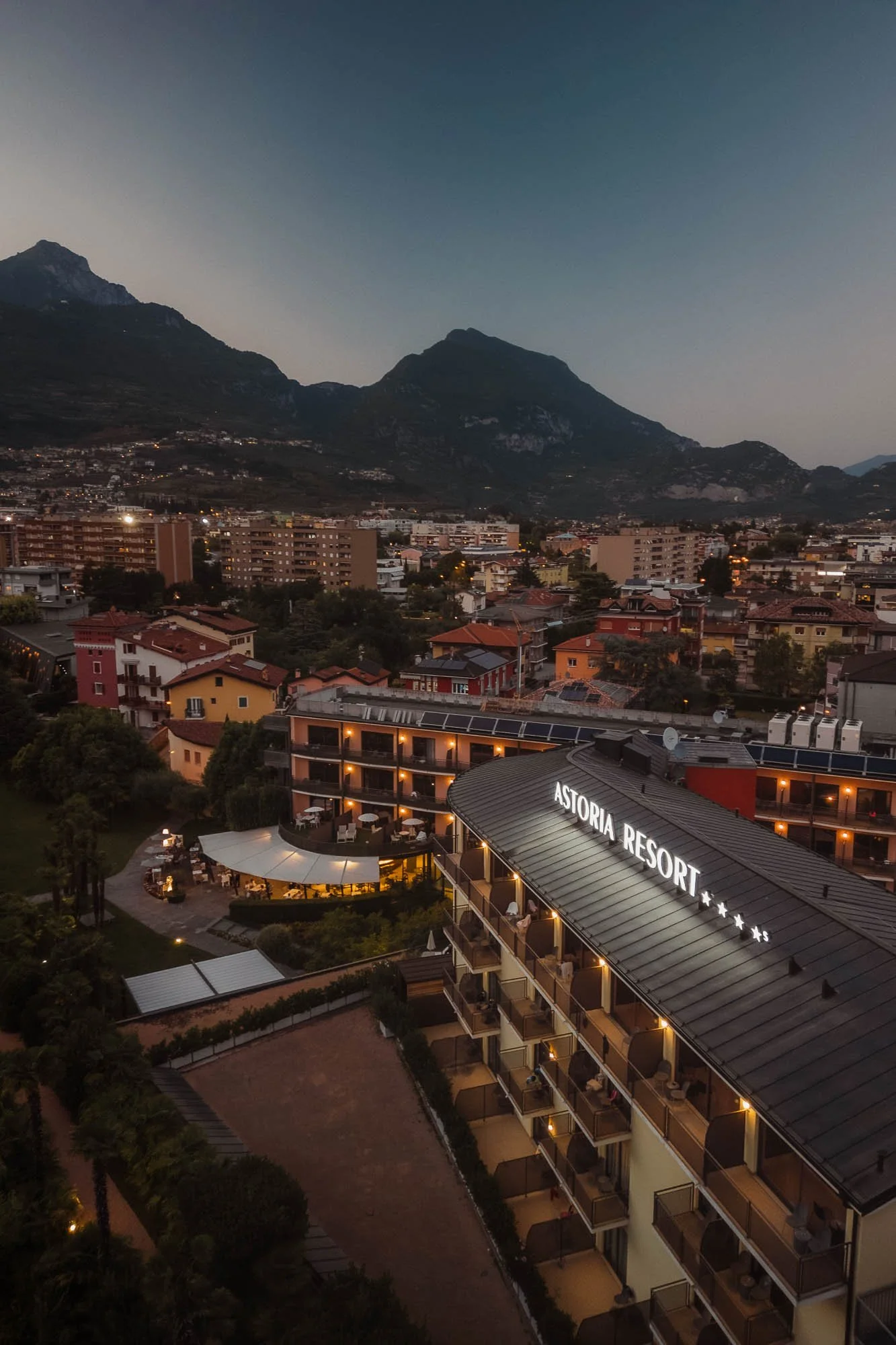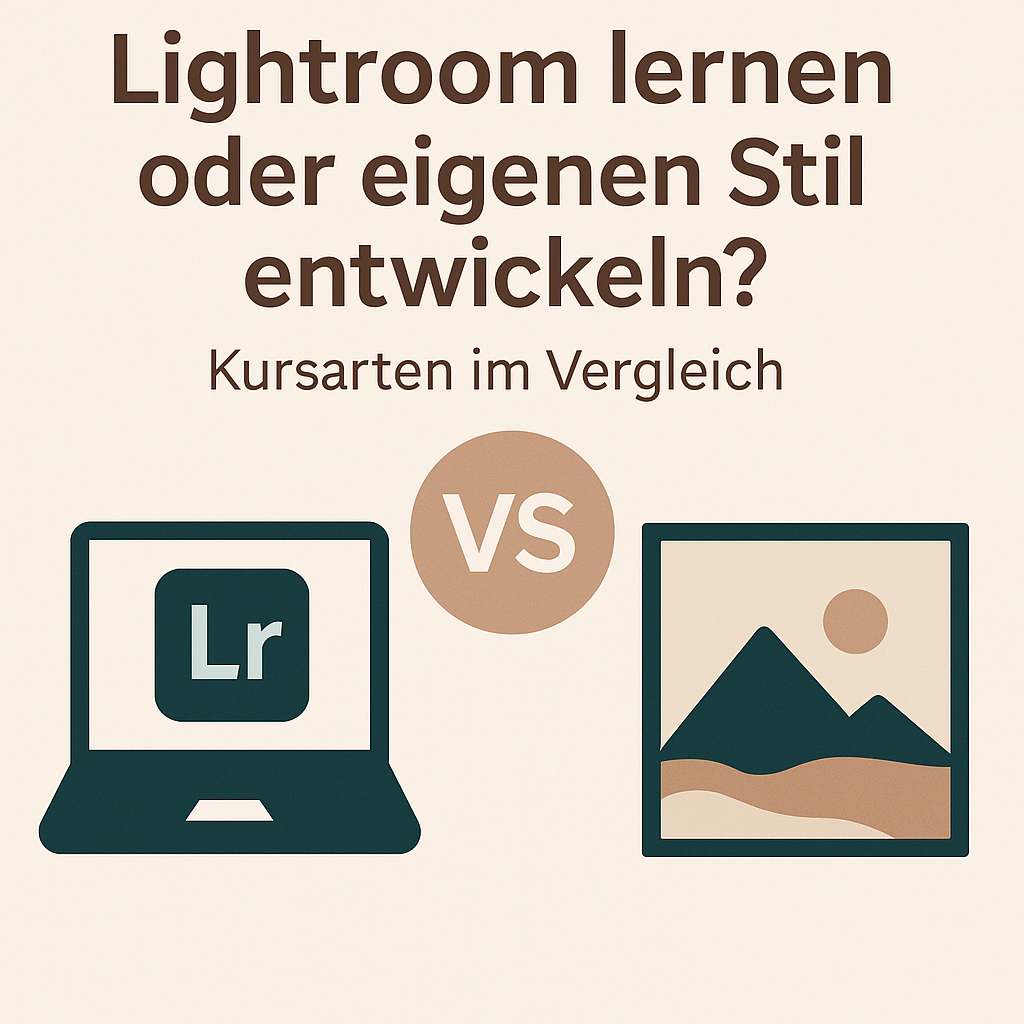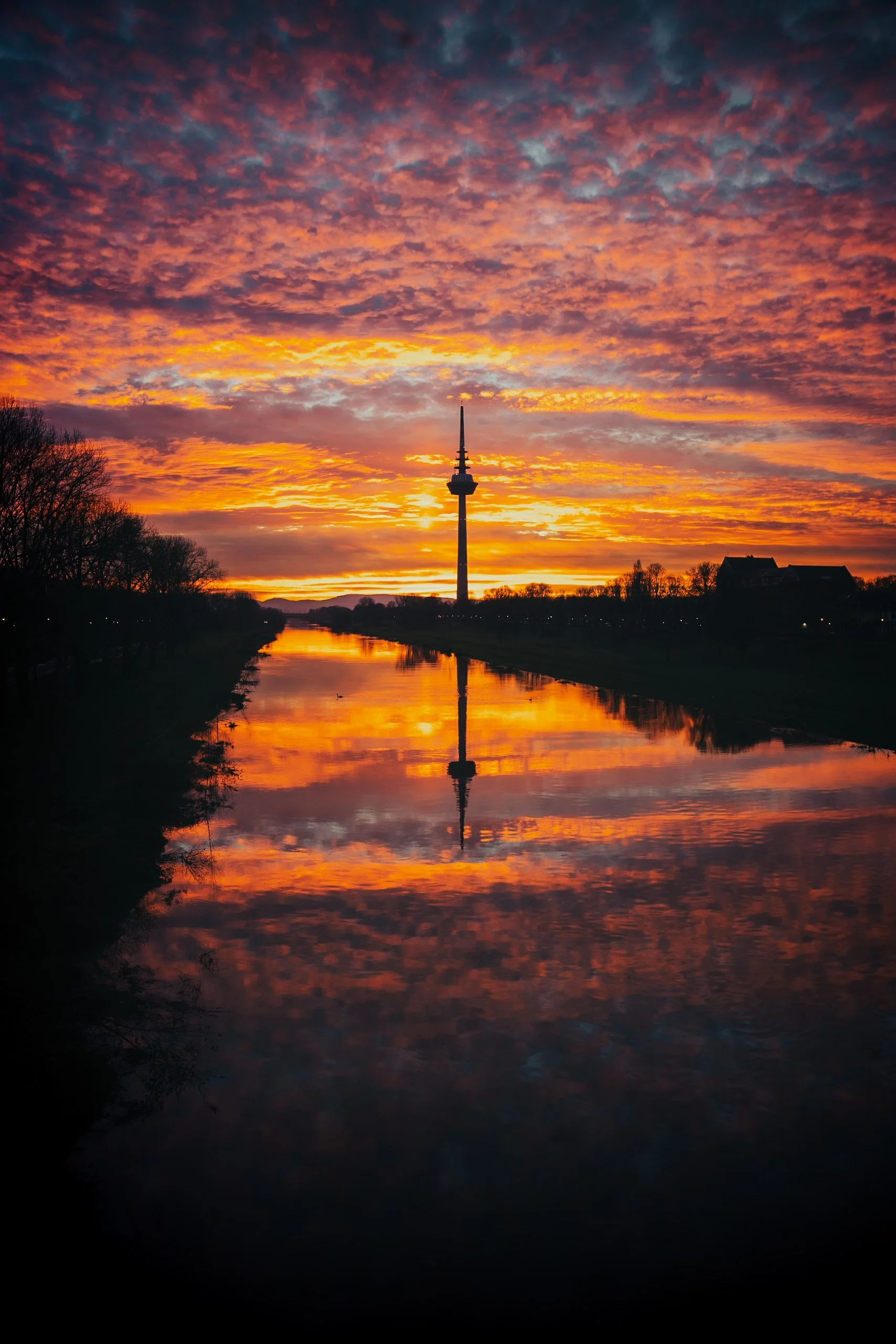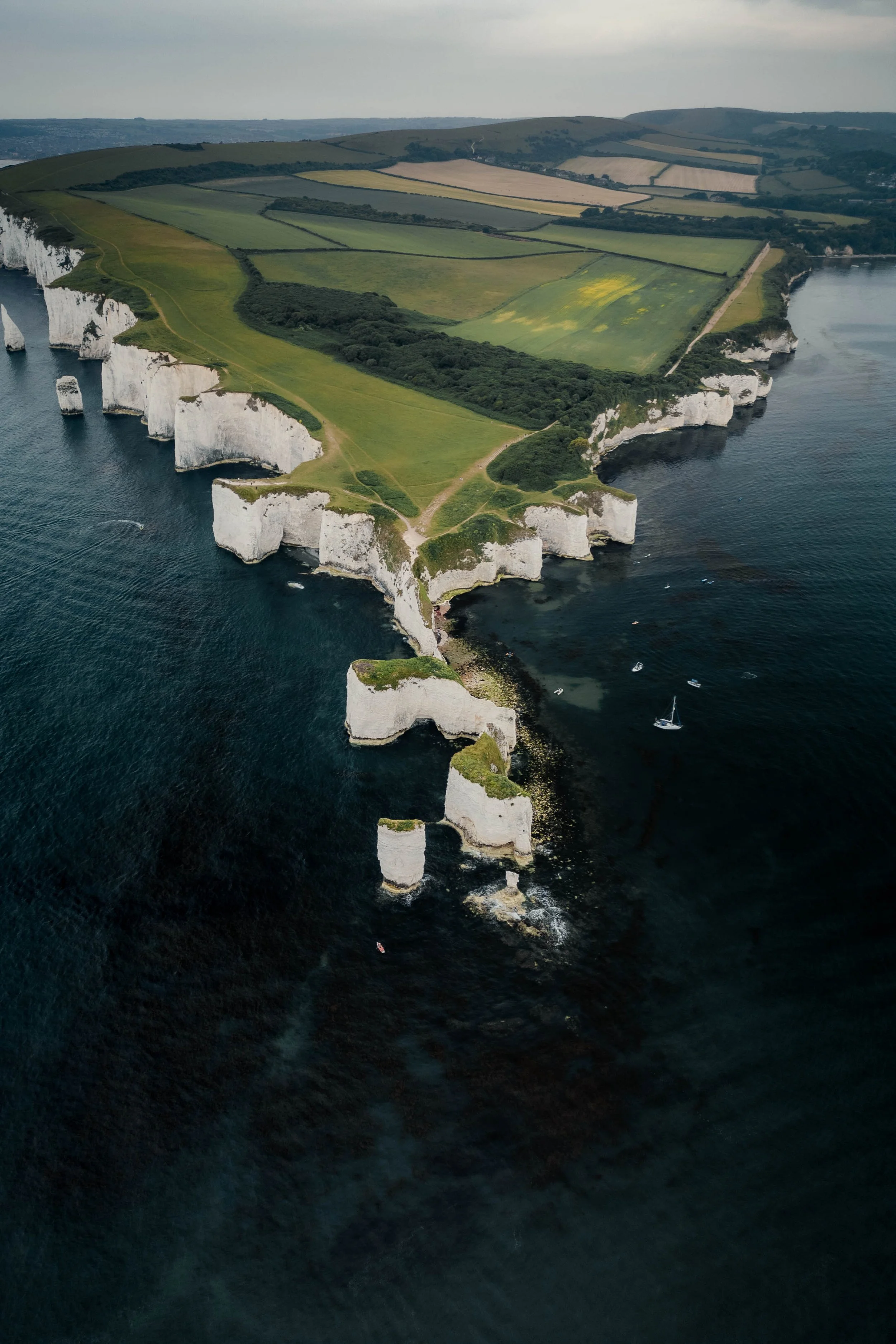The long road to my own visual language: How Instagram influenced my style
Introduction
Photography has always been an exciting hobby for me and a motivation to learn something new and improve. Emotions in pictures, or the idea of using photos as an expression of feelings, were unfamiliar to me for a long time. What motivated me was the technical challenge: the perfect composition, the right light, and later also finding an editing style. But in my early years of photography, the main goal was to find a style that “worked” on Instagram.
Looking back, I realize that I was more focused on impressing an audience than on what I actually liked. I was always worried that the things I enjoyed would not be well received, and at the same time, I lacked the technical skills to shape the colors the way I imagined them. Only in the last few years have I learned to close this gap. And only after leaving Instagram did I start to really reflect on my photography and my personal growth.
My first steps in photography
Before Instagram played a role for me, I started with simple photo editing and the joy of capturing moments. My first steps were more experimental: I tried to create colors and moods of light that I liked, without a deeper understanding of color theory or editing techniques. Especially after the Corona pandemic, I had more time to focus on photography. During this phase, I started questioning my style and exploring what kind of images I truly wanted to create.
After the pandemic, I started creating images with more intense, saturated colors – probably as an expression of a regained sense of life after the long months of lockdown. This phase was important for developing my preferences and my editing style, but it was still not what I was truly looking for.
Shaped by role models – Hammond, Care4Art and others
Over time, I moved between different influences. One of the first defining moments was a course by Jord Hammond. Inspired by his cooler, atmospheric style, I began to shape my edits in a way that reflected his approach. This phase was characterized by subtle, desaturated colors and a touch of restraint that gave the images a certain elegance. With this, I wanted to achieve the same attention and recognition that Hammond received for his pictures.
After that, I was strongly inspired by Paul Michael. His style, which often combined warm, vibrant colors with exotic lighting moods, led me to a different kind of editing. I experimented with darker tones and a certain minimalism, which at that time seemed “special” and “professional” to me.
Finally, I discovered Julian Herbig (@care4art) and bought his presets. This phase was strongly shaped by the search for a style that could succeed on Instagram. Even though I was following my role models, I still wanted to bring a piece of authenticity into my work.
Over time, I kept moving between different influences. I purchased Julian Herbig’s (@care4art) presets and experimented with them. This phase was deeply marked by the desire to find a style that would stand out on Instagram. Although I tried to follow in the footsteps of my role models, I still wanted to keep some authenticity in my photography.
Inside, I felt torn. On the one hand, I aimed for a recognizable style, but on the other hand, I was still looking for validation from the community. The results were often nice to look at, but they didn’t feel truly “mine.”
The search for my colors – a melancholic turning point
In 2023, I started editing from black and white and worked my way towards colors using a tone curve from Alen Palander. This phase brought me closer to my own preferences, but my pictures were still marked by a melancholic mood. This showed in muted colors, quiet subjects, and a feeling of withdrawal.
This melancholy reflected my inner state. I was dissatisfied with the constant chase for success and the pressure that came with it. At the same time, I felt more and more that I had to let go of external influences in order to truly be myself.
Fear of Missing Out – The urge to discover the world
With every day I spent on Instagram, my urge to discover the whole world grew stronger. I scrolled through my feed, saw breathtaking photos of dream destinations, and one thought wouldn’t leave me: “Time is running out.” This feeling was made even stronger by some personal setbacks. Almost every day I felt that time was slipping away, that I had to travel more in order not to miss out on life. I wanted to be on the road constantly, discover new places, and be able to “join the conversation.”
This urge became one of the strongest driving forces in my life during my active Instagram phase. It hurt whenever I couldn’t travel, and my dissatisfaction grew when other photographers seemed to roam the world effortlessly and celebrate success.
Looking back, this state is reflected in my pictures. Especially in the gloomier, melancholic edits, it becomes clear how Instagram and this FOMO influenced me. The winter months, combined with the aftereffects of the pandemic, made me lean towards “moody” looks – darker, more desaturated, with a melancholic aesthetic. Even though this style is often seen as “cool” and appreciated by many photographers, I see it differently today: for me, it is an expression of inner dissatisfaction and restlessness.
Interestingly, in spring 2021, after the pandemic, I went through a phase where my edits became more intense and saturated. But with the winter months and my increasing use of Instagram, I kept falling back into a gloomier aesthetic. Today, I would say that my style at that time was shaped less by my true taste and more by my inner state.
Liberation and realization – A life without Instagram
Today, this journey since leaving Instagram feels both liberating and unsettling. It’s hard to believe how unhappy I really was during my active Instagram time – without even noticing it. Back then, I probably would have said that I was fine, that I was happy. But now I see the dangers this app brings and how deeply it influenced me.
Recently, I deleted my Instagram account with 15,000 followers. Naturally, it was a strange feeling to just leave such a high number behind. But while reflecting for this article, I realized how much I had been controlled by this app: for years, I tried to find my style but was constantly influenced by reach mechanisms and the styles of others. I thought I had to travel the world to be successful as a photographer, and I believed that my current job was no longer enough to make me feel personally fulfilled.
I photographed spots only to gain reach, even though I didn’t actually enjoy capturing those motives. I compared myself, tried to create better pictures than others, and pushed myself into a constant spiral of performance and dissatisfaction. Of course, this phase also gave me something: without that pressure, I might not have developed the skills and quality I have today. But the price was high – mentally I invested a lot.
Still, I notice how much better I feel now. A colleague recently told me that my decision inspired her to reduce her own Instagram use significantly. She now feels more focused and balanced – and that feedback confirmed to me that this path is the right one. I don’t believe Instagram, in its current form, is healthy or sustainable. Deleting my account was not just a final step, but a true closure of that chapter. If I ever return, it will only be with a clear restart and without the intention of falling back into old patterns.
Of course, there will be moments when someone might not want to work with me because I don’t have Instagram and followers. But if that happens, I can honestly say: then it’s fine. Because I no longer want to support the manipulative mechanisms of this app or give up my values for them.
A call: Try it yourself
I can only encourage everyone: delete the app – and for more than 30 days. The real withdrawal doesn’t happen after just a week. Only after 30 or 45 days do you truly feel how deeply Instagram has influenced you. During that time, the detachment becomes stronger, and you suddenly notice how many things out there can actually make you happier.
Even if you believe you are happy and only use the app briefly – maybe not even as a creator, just as a consumer – give yourself the chance to be surprised. You will notice that it makes a difference. You will feel how much lighter and freer life becomes when this constant visual overstimulation disappears.
It’s not about demonizing Instagram or social media as such, but about finding yourself again. About realizing that life outside the digital hamster wheel can be more valuable and fulfilling than we often admit to ourselves.
My journey shows that true happiness and creativity do not depend on external factors, but on listening to ourselves and finding our own path. I hope my story inspires you to reflect on your own relationship with social media – and maybe even take a break. It could be the beginning of something completely new.
Feel free to share your thoughts about this article and/or your own experiences in the comments, or send me a message via the contact form.






































A warm, atmospheric Lightroom edit of Lorsch Abbey at sunrise: lifted shadows, soft golden tones and refined color grading reveal the calm mood of an early autumn morning.